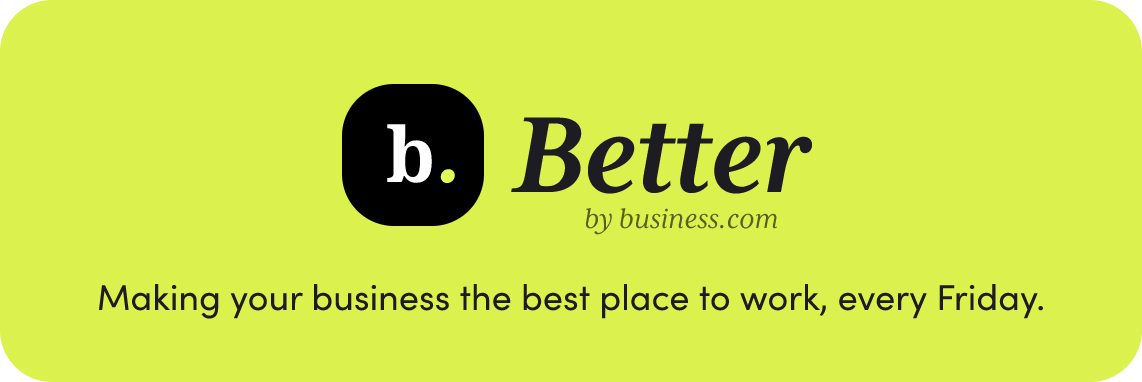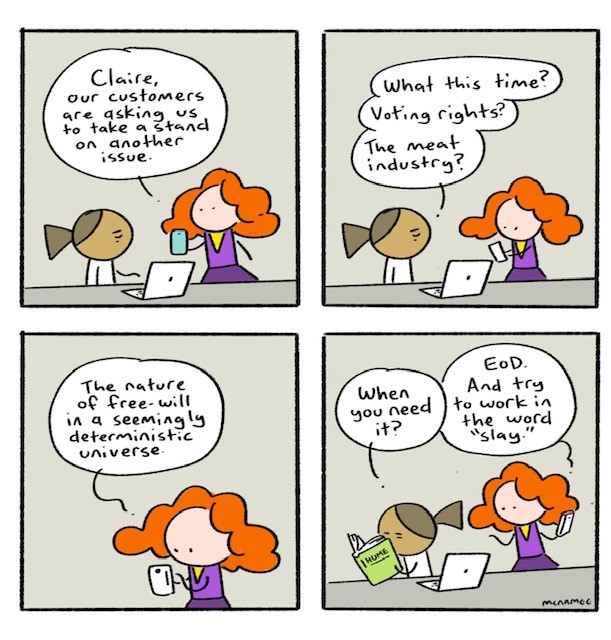Nobody is focused 100% of the time — well, maybe Tom Cruise — but for many U.S. workers, it feels like distractions are piling up. A new Harris Poll survey commissioned by Express Employment Professionals identifies the biggest office “time wasters” that companies confront, such as web browsing (44%), coworker interruptions (39%), and pointless meetings (38%).
“We’ve been implementing ‘meeting vacation’ weeks where we cancel all internal meetings to see if the meetings are really needed,” said one business owner surveyed. However, another suggested that ultimately, “If an employee is motivated and enjoys the work they do, then these distractions will not affect them.”
The physical layout of your workplace can also improve your team’s focus and productivity. For specific tips, read on!
|
|
|
How Return to Office Is Changing Office Design
|
The WFH vs. RTO wars are wrapping up. Employees at most companies are back at the office for much of the week. However, after a couple years of getting to stay in their PJs with a pup or kitty by their side, workers aren’t thrilled about early alarms for lunch-packing, long commutes, and loud colleagues.
To keep spirits high, employers need to make their workplaces extra appealing. You already know all about how plants, natural light, and National Take Your Dog to Work Day can shore up spirits and nurture mental health, but RTO is now affecting the physical design of offices. We asked experts for modernization best practices from leading companies.
Amenities and Comfort
If you want employees to RTO, focus on the office experience. Ping-pong tables, kombucha bars, and personal meditation pods are Silicon Valley cliches — you don’t need them. Yet at the same time, employees who’ve grown accustomed to the comfort of home don’t want to work at a drab slab of a desk in a cubicle from Ikea.
“There has been a shift in demand for premier spaces with robust amenity programs,” says Gable Clarke, president of interior design and partner at SGA, a leading architecture and design firm. “Features like fitness centers, personal care facilities, access to outdoor spaces, concierge services, and trendy, ground floor retailers [serve] as an incentive to return to the office while transforming the workplace into a ‘destination.’”
If that’s not possible for your business’s location or budget, don’t worry. While nothing is cozier than an employee’s own couch, you can make the office feel more comfy with varied and customizable furniture choices.
“As our worker population continues to age, we will see greater emphasis on designs that support employees’ physical needs,” says Steve Davis, founder and chairman of Ergonauts Performance Technology. “Older workers receive greater benefit (and lowered risk of injury) from thoughtful seating choices, adjustable desks, and combination sitting/standing workspaces…”
|
|
|
Privacy
Another huge upside of WFH is the peace and quiet. Culture and interaction are important, but hustle and bustle can degrade productivity.
“Employers need to consider the holistic experience in the office; for example, ensuring that headsets are available that help with both noise reduction (when all your coworkers are on loud conference calls) and sound enhancement (when you’re the one on a conference call),” says Davis, adding, “Private or semiprivate spaces … will be the most effective way to accommodate different workers’ needs in a single space.”
Clarke likewise recommends “a quiet commons for individual heads-down work” and thoughtful “acoustic materials,” along with — of course — louder designated areas for:
Collaboration
The whole point of RTO is enhanced in-person teamwork, so make sure your physical space facilitates it. Clarke encourages “an agile lounge zone for in-person collaboration and all-hands meetings, video conference rooms, [and] meet and focus spaces…”
Portable workstations and smaller huddle rooms allow for wide flexibility as your company’s specific RTO situation evolves, according to Davis.
“Getting more workers to choose to be onsite will come from considering their needs at a more personal and granular level,” Davis says. “A ‘one size fits all’ culture will not cut it.”
|
|
|
Boredom at Work Is Not Always a Bad Thing
|
|
|
Dr. Steven Rogelberg is a chancellor’s professor at UNC Charlotte, former president of the Society for Industrial and Organizational Psychology, and author of Glad We Met: The Art and Science of 1:1 Meetings.
Starting at an early age, we tend to complain about being bored. We don’t like boredom, we don’t want it, and we’ll typically do anything we can to alleviate it: hobbies, social media, doodling, etc.
As adults, constant boredom at work is likely not a good thing — and perhaps should provoke a job change — but could occasional boredom have some benefits? A thought-provoking article published in the Academy of Management Discoveries studied the connection between boredom and creativity. In three experiments, researchers from Singapore Management University found that:
- Many bored individuals “showed a significant increase in creativity” when generating ideas.
- Feeling bored potentially “motivates individuals to engage in novelty-seeking responses — i.e., engaging in different, often unusual, ways of doing things …”
- The effect occurred in participants who had personality traits such as open-mindedness and self-motivation, and who enjoyed seeking new experiences and learning new skills.
Here’s the catch: Boredom doesn’t appear to inspire those who lack the above personality traits. Thus, it’s possible that for certain employees, scheduling “boredom periods” — during which they can disconnect and disengage in a location free from any distractions — will promote innovation. Just don’t bore your entire team to death on purpose.
As leaders and employees, we should not always seek to eliminate boredom. For some of us, it can be the fuel to our creative fire.
|
|
|
On July 21 in Business History:
|
- 1816: Reuters founder Paul Julius Baron von Reuter was born.
- 1960: Germany’s “Volkswagen Law” prevented any shareholder from owning more than 20% of the company. It was overturned in 2007, paving the way for a merger with Porsche.
- 1975: The U.S. Postal Service reached an agreement with the Postal Workers Union for higher wages, avoiding an imminent strike of 600,000 mail carriers. However, it led to higher costs for senders.
- 1987: To celebrate Ferrari’s 40th anniversary, Enzo Ferrari released the F40 at his factory in Italy. At the time, it was the fastest road vehicle ever built.
- 2002: After admitting to inflating its profits by nearly $4 billion over four years, Worldcom Inc. filed for bankruptcy.
- 2010: In the midst of the Great Recession, President Obama signed the Dodd-Frank Act into law, totaling 849 pages of new Wall Street regulations.
|
|
|
Some craft breweries produce beers with the refinement of high-end wine. Suarez Family Brewing might be the top practitioner in New York’s Hudson Valley, and it’s the perfect time to enjoy their “Summer Whoa.”
This farmhouse ale is racked on locally grown Red Haven peaches, but it’s hardly sweet — just clean and slightly acidic — with a bursting fruit aroma and a warming body.
Drunk on money? Find out why alcohol is the celebrity investment du jour.
|
|
|
Written by Skye Schooley, Dan Ketchum, and Aaron Goldfarb. Comic by John McNamee.
|
|
|
|



.jpg)


